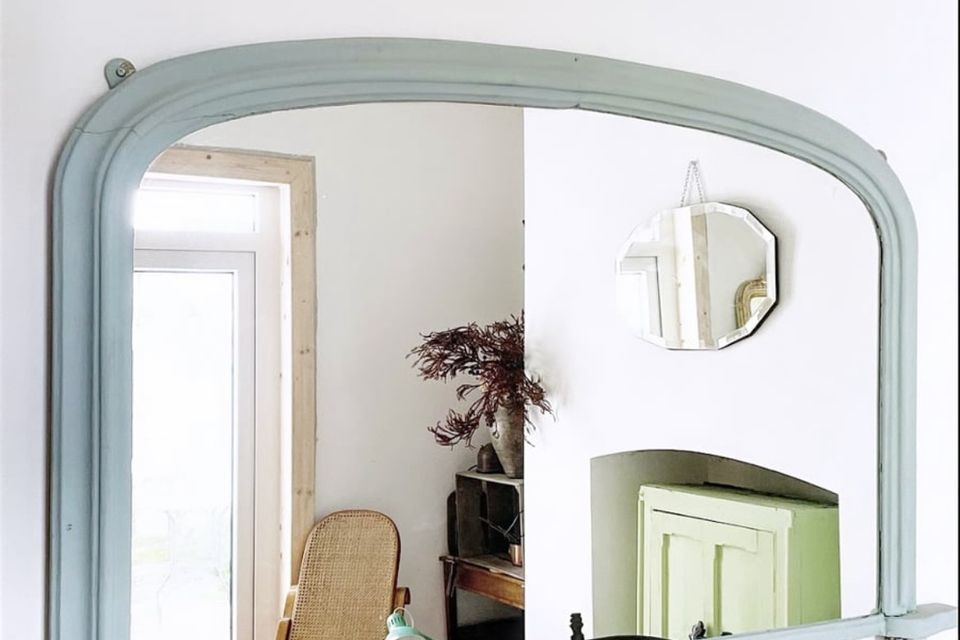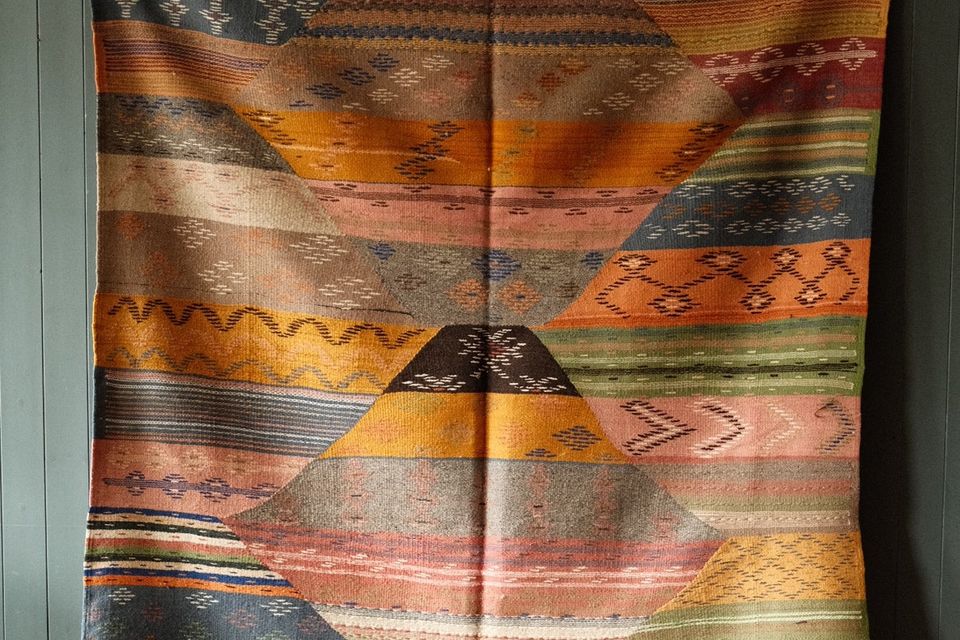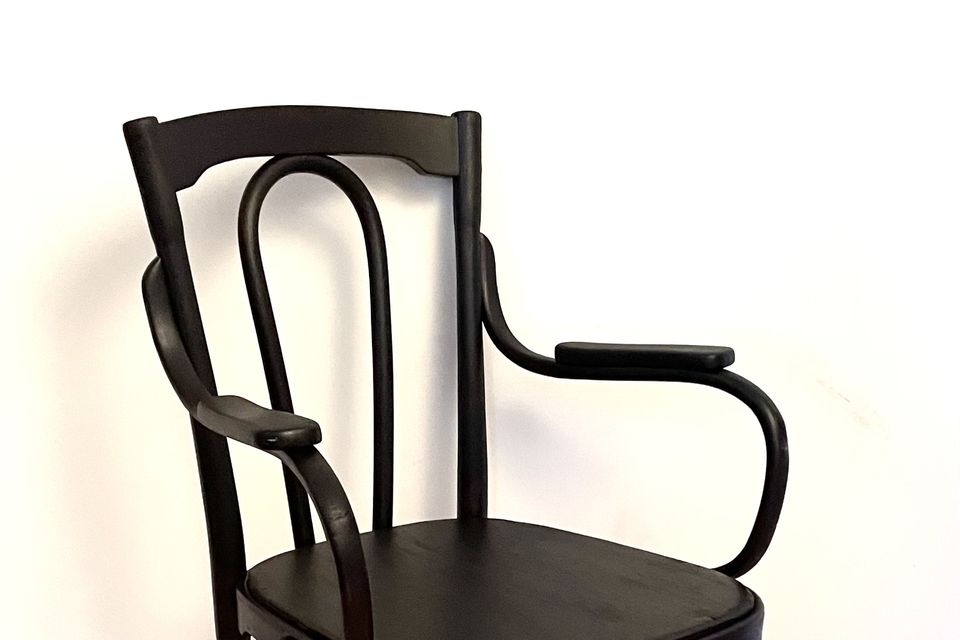Five things to know about... thrifting: ‘Don’t follow trends and enjoy the haggle’
Busy flea markets or charity shops can feel overwhelming for first-time thrifters. Here are some top tips for buying second-hand






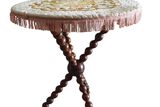
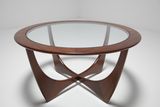

A keen eye was once the hallmark of the thrifting ‘insider’ — those who scoured flea markets and auction rooms looking for the perfect piece. But today #Thrift has over 17 million posts on Instagram and over 11 billion views on TikTok, with just about everyone from ‘it’ girls to influencers and your savvy granny jumping on the second-hand bandwagon. It’s not just about trends or financial saving — buying second-hand is simply better for the planet given the global textiles industry now accounts for more greenhouse gas emissions than international aviation and shipping combined. But wandering into a busy flea market or charity shop can feel a little overwhelming, especially if you’re not equipped with the right tips.
thevintagehub.com
Have a wish list
Being open-minded goes hand in hand with thrifting but it’s also helpful to have a wish list before you set off, and a tape measure; knowing the dimensions or material preferences in advance can steer your decision-making. “It could be a wooden chopping board or a lovely glass vase,” says Maya Olsen, stylist and owner of Nobody’s Empire. “It helps to hone your eye in a sea of objects and gives purpose to your browsing, but don’t get disheartened if you don’t find it straight away; you might stumble upon it another day or you might see something else entirely that surprises and delights you. A lot of the time, thrifting is about timing and luck.”
For first-timers, books, ceramics and glassware are easy to access, don’t require careful planning or measuring and are versatile in the home. For extra shopping savvy, Maya suggests equipping yourself with a baseline skill set by browsing price ranges online and knowing what the material should look and feel like, for example. “Checking the bottom of a glass vase for the pontil mark, a sign that it’s handblown, proves it’s not mass produced, upping its value and saving you spending lots of time in each place.”
pamono.eu
Quality marks
A lot of people donate goods because they’re not in good condition anymore so check for cracks, tears and stains. Test the sturdiness of chairs and tables before you take them home and, when it comes to textiles, it’s important to have a good smell — there’s nothing worse than buying a lovely cushion only to discover it reeks of smoke or mildew when you arrive home. The same goes for baskets, blankets, linens and tapestries. Carrying a dry brush in your bag means you can dust off pieces really well before lugging them home.
What’s important is to look for something with good bones and personality that isn’t on the brink of decline, saving you more time repairing. “Avoid pieces with questionable authenticity or dubious provenance,” warns Naomi Hanrahan, owner of Find shop in Cow’s Lane, Dublin, especially when it comes to online marketplaces. “I always look for the style, construction, patina and quality of materials used and the craftsmanship that’s gone in to creating the objects,” says Dee Brophy of Dee Brophy Antiques in Kildare. “And whether I love it!”
Read more
findonline.ie
Get to know the sources
Looking is an essential tip for any beginner. Go for a browse at some local markets or charity shops and see what stirs your interest. Some charity shops, such as Oxfam Home on Dublin’s Francis Street, specialise in second-hand furniture, while others may have a great selection of glassware or vintage art. Getting to know the shops and markets and even the owners will give you a head start when it comes to finding something specific. Many thrift stores change their goods daily or weekly, so if you don’t find what you’re looking for one day, try again in a few days or weeks.
“There is so much to learn from studying the construction of a piece,” says Dee Brophy of Dee Brophy Antiques. “Don’t be afraid to engage with an item and the seller, read up on periods and styles and, most importantly, touch and feel.” Dee also recommends browsing regularly and getting to know your local charity shops, antique shops and markets. “And always carry a little black book with your measurements — scale is vitally important when placing a piece or an object in a space.”
Naomi Hanrahan, owner of Find shop, has been immersed in the vintage world for over 10 years and recommends “diving deep” into the periods you love. “Study eras, materials, craftsmanship to figure out what speaks to you, what is valuable and what other buyers might be looking for.”
findonline.ie
Know your budget but enjoy the haggle
“If you’re buying at auction, always decide what your maximum bid will be and stick to it and remember the auctioneer’s fees,” says Ray Sutton, owner of Rummage in Roscommon. When it comes to thrifting, the “right price” is that which someone is willing to pay. Buying within your budget is the obvious advice but sometimes you have to let your heart rule your head and purchase what you love and see value in.
According to Ray, the best approach is to “buy what you like, what makes you happy or makes you smile” and enjoy the haggle – most market sellers and antique dealers are happy to entertain. The last thing you want to feel is buyer’s remorse for that item you wish you’d bought. If you change your mind, you can always resell it and, most of the time, for the same cost (if not more) than what you bought it for.
thevintagehub.com
Ignore trends
We’re all guilty of buying fast homeware — trendy, impulsive purchases that are somewhat soulless until their time on the ‘trend shelf’ is up and they’re relegated to the attic. Sure, there are trends in the second-hand market such as vintage glassware and mid-century furniture, but those items often come with character and storied histories, making them much more interesting and valuable. “The few times I have bought something that fits with a current ‘trend’, it tends to sit and stagnate,” says Maya Olsen of Nobody’s Empire. Instead, she advises looking for pieces that are good quality and that stand out.
“For me, what sells is functional pieces such as glassware, vases and trays, for example. It’s also good to mix it up with more abstract pieces that catch your eye. I’m always on the hunt for objects that are a bit different but are well-made and interesting. If it speaks to me, then it’s likely to speak to someone else.” Take your time to sift through shelves and boxes of goods. Sometimes your mind will block out things that you’re not specifically looking for, but the best finds are ones that are unexpected.
joythorpeantiques.com
Classic buys
Sources to try
pamono.eu; findonline.ie; eurosalve.com; thestoreyard.ie; macswarehouse.ie; oxfamireland.org/shops/francis-street; acquired.ie; thevintagehub.com; gaffinteriors.ie; 1stdibs.com; etsy.com; facebook.com/marketplace; adverts.ie; welovemarkets.ie; facebook.com/delia’sgallery; facebook.com/motherjonesfleamarket
Join the Irish Independent WhatsApp channel
Stay up to date with all the latest news


